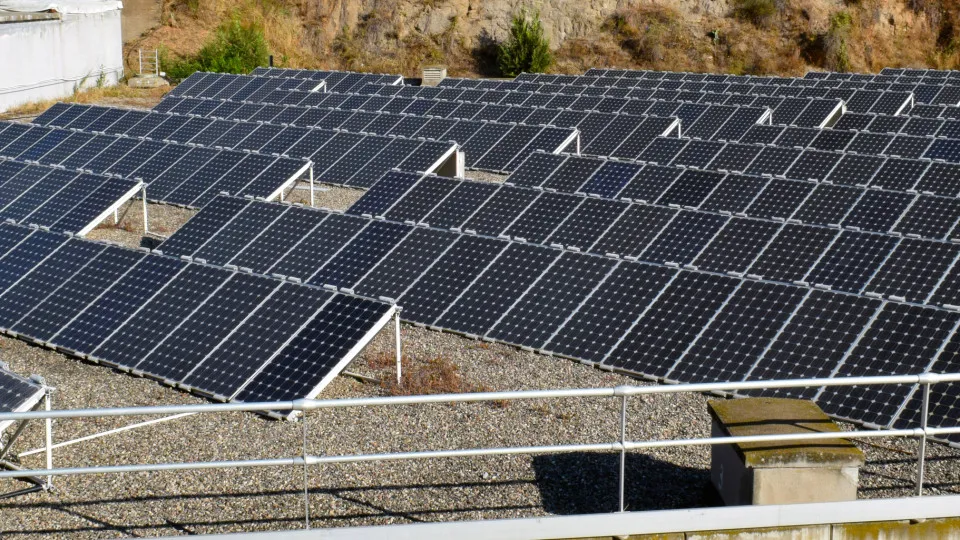China responsible for over 80% of solar panel investment
China accounted for 80% of global investment in solar photovoltaic module manufacturing in 2023, the International Energy Agency (IEA) said today, dismissing any change in leadership in the medium term.

© iStock

Economia AIE
In a report on clean energy manufacturing released today, the IEA painted an encouraging picture of the world’s factories’ readiness to churn out the solar panels the world needs to meet its climate goals by 2030.
However, the picture it paints is more worrying from a geopolitical perspective because of the outsize reliance on one country: Asia accounted for three-quarters of manufacturing investment in 2023 across all clean technologies – solar PV, wind, green hydrogen or heat pumps.
That is down from 85% in 2022, but only because the 70% increase in investment recorded globally last year, to $200bn (€185bn), was driven by significant growth in the United States and the European Union (EU) – particularly in batteries, where the two regions tripled their 2022 investment.
Globally, $110bn (€102bn) was invested in battery manufacturing, a 60% year-on-year increase, while $80bn (€74bn) was spent on solar PV modules, more than double the 2022 figure.
Solar PV is the clean technology where the geographic concentration of manufacturing is most pronounced, with more than 80% of total global capacity in 2023 located in China.
And while the IEA expects the US and India to increase their shares slightly by 2030, it will make little difference to China’s relative dominance, which will still account for just under 80% at that point.
In battery manufacturing, the current picture is very similar, with China accounting for more than 80%, while the US and EU each have about 5%.
The study’s authors estimate that both the EU and US could triple their respective shares of battery manufacturing capacity by the early part of the next decade, thanks to government incentives for the sector, with China’s share falling to about 60%.
The imbalances are less pronounced in investment in electrolyser manufacturing, the kit needed to produce green hydrogen from renewable electricity. Even so, China accounts for about 60%, and the projections suggest its share will fall to 40% by 2030, with the US share rising to 20% and the EU’s remaining fairly steady at 15%.
In wind turbines, China’s dominance looks set to become even more pronounced, with its share already above 60% and projected to approach 70% by the early part of the next decade, at the expense of, in particular, the EU, whose share is projected to fall to just 15%.
Unsurprisingly, China is the cheapest place in the world to manufacture all the clean technologies covered by the report, which assessed data from more than 750 factories around the world.
Other things being equal, the cost of setting up a factory to make solar PV modules, batteries or wind turbines in the EU or US is between 70% and 130% higher per unit of output than in China, and that is before taking into account the cost of capital, which is also lower in China.
However, the IEA stressed that this upfront investment in manufacturing facilities only accounts for 15-25% of the final production cost of solar PV modules, with the proportion similar for batteries (10-20%).
Operating costs – including energy, materials, components or labour – therefore account for a much larger share, and reductions in some of these factors could help to narrow the cost gap with China.
Read Also: Porto. Installed 5,200 square meters of solar panels in buildings (Portuguese version)

Descarregue a nossa App gratuita.
Oitavo ano consecutivo Escolha do Consumidor para Imprensa Online e eleito o produto do ano 2024.
* Estudo da e Netsonda, nov. e dez. 2023 produtodoano- pt.com





